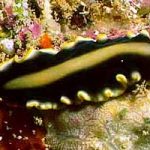A Survey of Invertebrates and Fungi
Example of a Dichotomous key: What kind of tree do you have? – Grab some deciduous or coniferous leaves and test your dichotomous abilities! Click on this link and give it a try.
[callout heading=”Fungi-Invert Webquest Homework Assignment” headingtype=”h3″ headingicon=”noicon” textalign=”textleft” url=”https://wordpress-projects.wolfware.ncsu.edu/bio-181l-zchxzbn/sample-page/” type=”basic” bgcolor=”huntyellow”]Information you collected in lab, links within the webquest and below will help you answer these questions. These links will also provide you broader scale knowledge of these different groups that may be helpful in lecture. You may also find them interesting![/callout]
Fungi
Fungi play a very important role in the world. They can be useful ecologically by forming mychorrhizae associations with plant roots, decomposing dead plant and animal matter, and stabilizing sewage. Fungi are usually classified as molds, mildews, yeasts, mushrooms and puffballs. They are known as a group of organisms that are lacking in chlorophyll, are usually non-mobile, filamentous and multicellular, and have chiton in their cell walls.
Introduction to the Fungi (also click on other links within for Life History and Ecology)
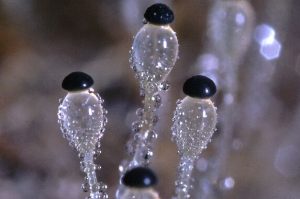
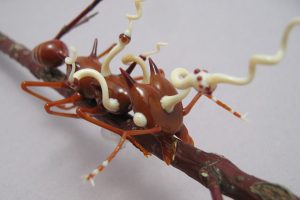
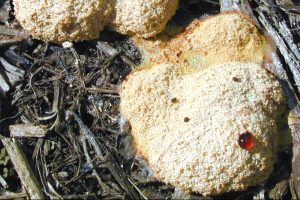
Fungal Movie Clips: time lapse photography can help us see just how cool fungi are!!!
- Stalking the Wild Mushroom (nice background on groups) (5:24)
- Basidiomycete growth and spore release (1:33)
- The Fastest Living Thing on the Planet (5:00) – Pilobolous! a Zygomycete that grows on poop!
- Growth of slime molds and Basidiomyctes (2:13)
- Attack of the Killer Fungi (3:04) – Cordyceps (fungi) attack insects.
Invertebrate Animals
Invertebrate Key for Use in Lab
Click on each Phyla below to help you with the Invert part of the Webquest. There are also good links within the webquest to help answer questions.
| Basic Characteristics | |
| Annelida | Arthopoda |
| Echinodermata | Mollusca |
| Platyhelminthes | Porifera |
| Nematoda | Cnidaria |
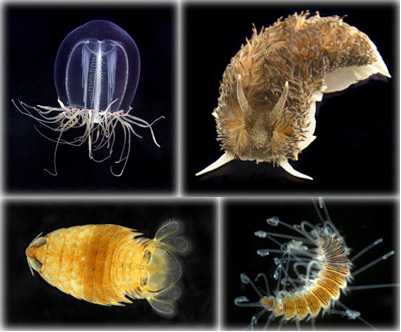
14 Fun Facts about Marine Bristle Worms (Polychaete Worms = a class of Annelida)
- check out the video of the 10 foot long Bobbit worm vs. Lion Fish at fact #9 (warning this does not end well)
Beautiful pictures and a short article on Echinoderm tube feet and papulae
Discover Life – learn to identify organisms
Never Seen Before Colony of 1,000 Brooding Octopuses Found off the Californian Coast


